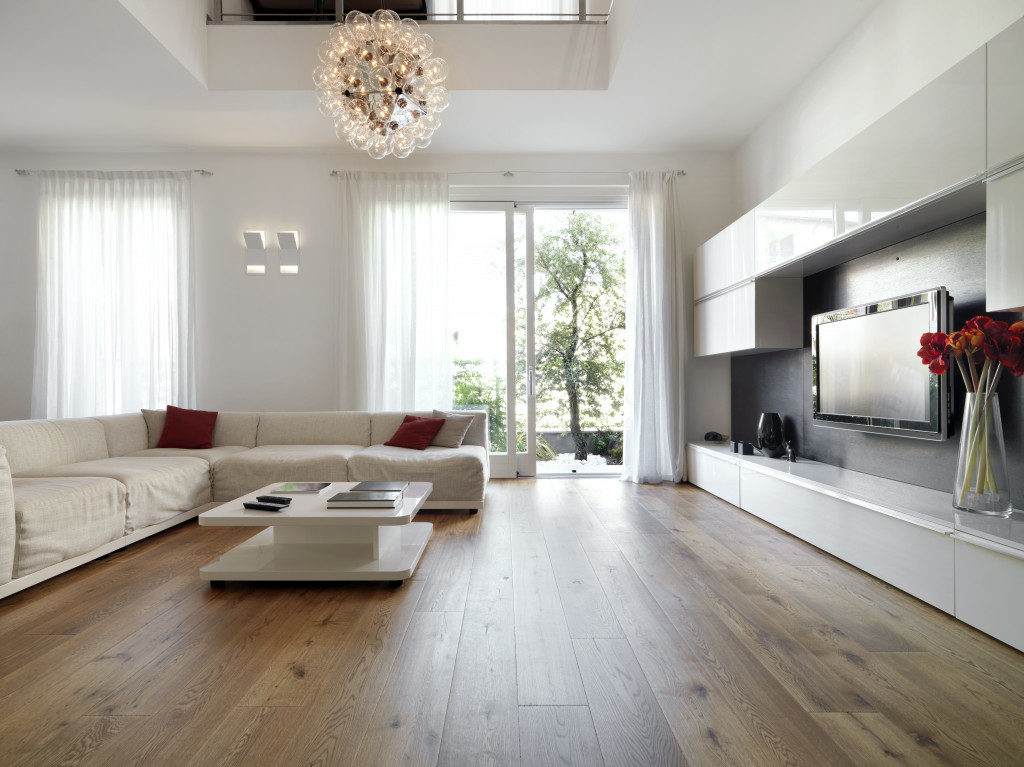With winter approaching in Melbourne, there is a need to start making homes warmer and more efficient. Most people focus on improving their HVAC systems and insulating their lofts, but not many pay attention to floor insulation.
The benefits of adding insulation to floors
Floor insulation not only provides standalone benefits for your home, but it also works together with existing insulation systems to boost their functionality. Some of the benefits of floor insulation include:
Soundproofing your home
Sounds like footsteps, voices and loud appliances travel through floors just as much as they do through walls. By insulating your floors, you enjoy better soundproofing quality. You can enjoy doing your activities without being interrupted or bothered by the noises your family makes.
Cost savings
Having an additional area of your home to insulate means you spend less on your heating system. Your HVAC system will not have to work as hard because you don’t lose heat through the floor.
Improved indoor air quality
Air coming from outside your home can bring in allergens and other particles that may be harmful to your health. With additional insulation on your floor, less unregulated particles from outdoor air enter your home, keeping the quality of your indoor air.
How to insulate your floor
Floor insulation is usually done on the ground floor of a property, as well as in areas above unheated spaces like the garage. Here’s how you can start insulating your home floors:
Step 1: Determine your type of flooring
Insulating engineered timber flooring is different from insulating concrete flooring. For timber floors, you need to lift the floorboards and lay down a mineral wool insulation between the joints.
On the other hand, concrete, brick and stone floors are more difficult to insulate. Sometimes it involves breathable floor coverings, and at other times the use of damp proof membranes.
 Step 2: Choose a floor insulation method
Step 2: Choose a floor insulation method
Floor insulation doesn’t need to be a costly project. Carpets and rugs are affordable, convenient ways of keeping your floor warm. However, this method doesn’t cut out all drafts entirely, so you might still need to seal the gaps between the floor and skirting boards.
Other affordable methods of insulating your floor include:
-
- Reflective foil laid over the joists of a suspended floor
- Fibre insulation laid under the flooring
- Polystyrene fit between joists under a floor
If you’re not confident about lifting the floorboards yourself, it’s best to hire a professional. The cost will depend on the size of your house and how easy it is to lift and replace the boards. Hiring a professional to insulate your home may seem expensive, but it is an excellent investment if you want to improve the efficiency of your HVAC and keep your home warm.
Step 3: Make sure you meet the standards
Before starting with floor insulation, your project needs to meet government regulations. This is especially the case when you’re installing R-values or lifting the floorboards. A professional installer usually takes care of compliance for you, but if you’re doing the project yourself, make sure to read up on the guidelines.
Insulation projects usually focus on walls and ceilings but consider insulating your floors, too. Your home will benefit from the additional insulation, your HVAC system will work less to keep your space warm, and you’ll save on energy bills.

